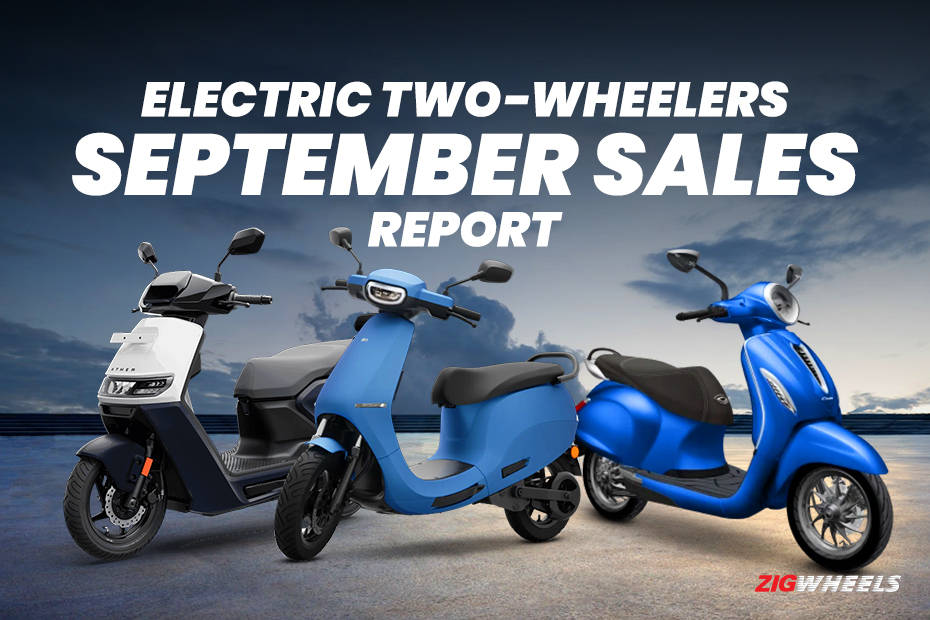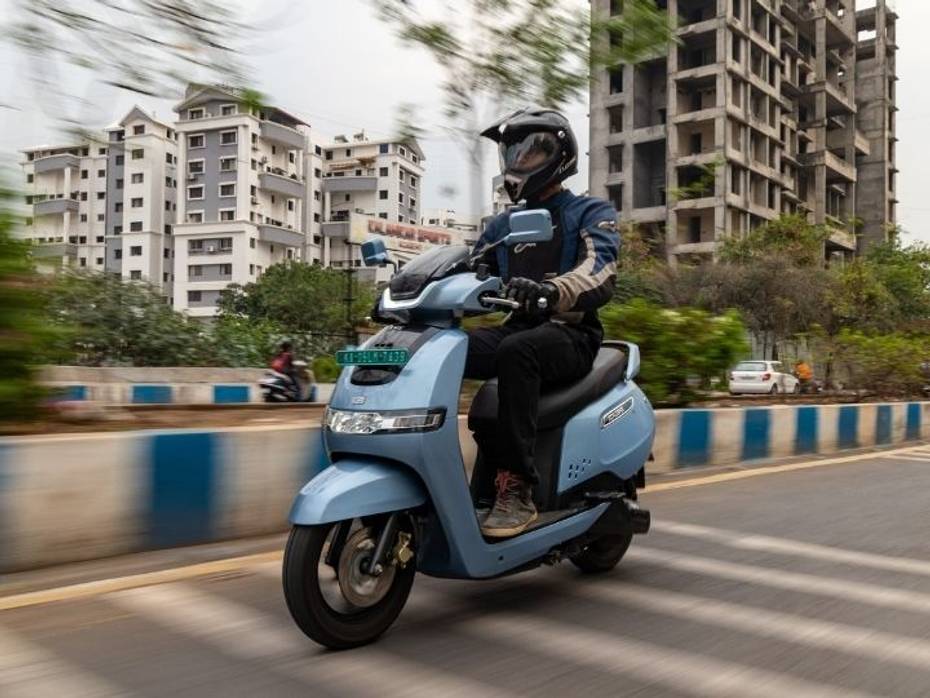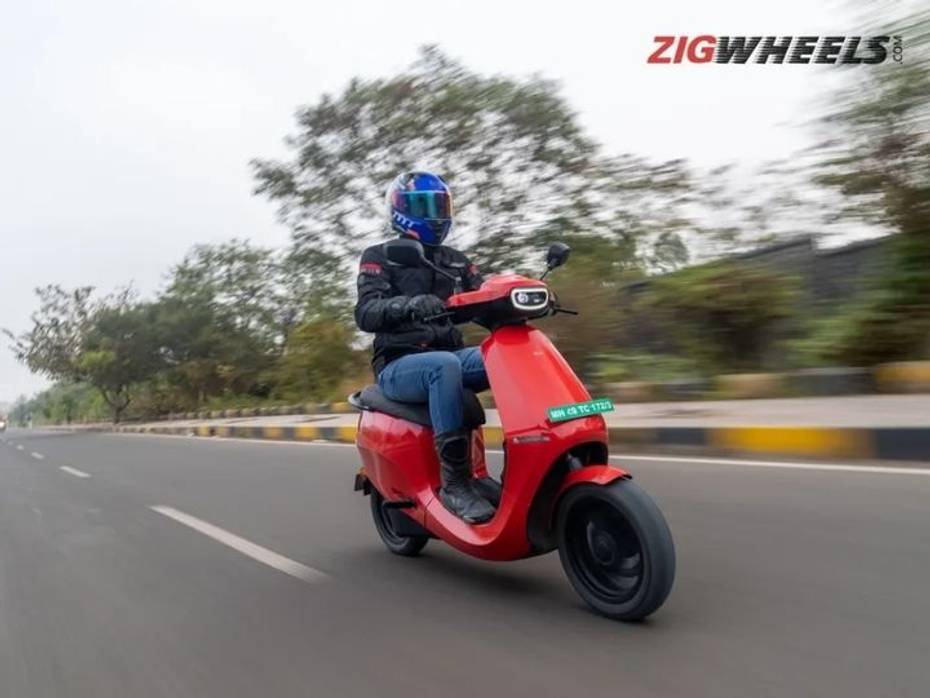
BREAKING: Ola S1 Z And Ola Gig Range Launched in India: Gets...
- Nov 26, 2024
- Views : 1424


Sales of electric two-wheelers in 2024 have dropped compared to 2023, despite new market launches.
The end of the FAME 2 subsidy and the temporary EMPS scheme have discouraged buyers, leading to falling sales.
Limited charging infrastructure and range anxiety are major barriers to electric two-wheeler adoption, necessitating urgent improvements.
2024 has witnessed the introduction of several new electric two-wheelers into the market. However, sales figures have fallen short compared to 2023. What’s causing this decline? Let’s analyse the Vahan sales report for September 2024 and find out.
|
Rank |
Manufacturer |
September 2023 |
August 2024 |
September 2024 |
MoM % (Month-on-Month) |
YoY % (Year-on-Year) |
|
1 |
Ola Electric |
18693 |
12405 |
10036 |
-19% |
-46% |
|
2 |
Ather |
7173 |
4331 |
4597 |
6% |
-36% |
|
3 |
TVS Motors |
15590 |
9492 |
4211 |
-56% |
-73% |
|
4 |
Hero MotoCorp |
532 |
4174 |
4174 |
-9% |
685% |
|
5 |
Bajaj Auto |
7097 |
4866 |
2826 |
-42% |
-60% |
|
6 |
Greaves Electric Mobility (Ampere) |
3655 |
2741 |
2651 |
-3% |
-27% |
|
7 |
Bgauss |
936 |
1171 |
1203 |
3% |
28% |
|
8 |
Revolt |
887 |
807 |
727 |
-8% |
-18% |
|
9 |
Joy E-Bike |
690 |
627 |
557 |
-12% |
-15% |
|
10 |
Kinetic Green |
234 |
356 |
400 |
12% |
71% |
Looking at the September 2024 sales data, the table topper Ola Electric has seen a month-on-month sales drop of 19 percent and a year-on-year drop of 46 percent. Ola has witnessed a year-on-year sales decline as their electric scooters frequently face reliability issues, leading many customers to take action after the company failed to resolve their concerns. Ather has seen a month-on-month increase of 6 percent which we think is due to the increase in popularity of their family-oriented electric scooter, Ather Rizta. However, even they face a year-on-year drop of 36 percent.

TVS being a well-established manufacturer in the two-wheeler market with an array of variants available in its line-up (iQube) has taken a hit of 56 percent in its month-on-month sales and a massive 73 percent on year-on-year sales. On the other hand, Hero MotoCorp has seen a slight fall of 6 percent in its month-on-month sales numbers and a massive rise of 685 percent in year-on-year sales. This outstanding increase has been observed as the company has a pocket-friendly line-up compared to the competition and the increase of availability of its electric two-wheelers in more cities across the country. Another big player in the market, Bajaj Auto, with the Chetak electric scooter has seen a month-on-month fall of 42 percent and a year-on-year drop of 60 percent.
In 2019, the government launched FAME 2 (Faster Adoption and Manufacturing of Electric Vehicles in India) with an allocation of Rs 10,000 crore to incentivise the purchase of around 5 lakh electric two-wheelers. Under FAME 2, the subsidy for electric two-wheelers increased from Rs 10,000 per kWh of battery capacity (as per FAME 1) to Rs 15,000 per kWh. It was introduced to boost EV sales in India. This significantly lowered the prices of electric two-wheelers, driving up sales for brands like Ola Electric, Ather, Bajaj, Ampere, and other EV scooter manufacturers.

However, FAME 2 ended in March 2024 and a new scheme called EMPS (Electric Mobility Promotion Scheme) was introduced. The EMPS scheme was introduced to offer a limited-time incentive of Rs 10,000 off the ex-showroom price of select electric two-wheelers to help boost the sale of electric two-wheelers. This was only a provisional solution to FAME 2 and was planned from April 1, 2024, to July 31, 2024. This was later extended till September 30, 2024, with an additional budget of Rs 500 crore.

EMPS is only a provisional scheme until FAME 3 comes into effect. However, the government did not mention FAME 3 in the 2024 Budget. The government has implemented the PM Electric Drive Revolution in Innovative Vehicle Enhancement (PM E-DRIVE) Scheme from October 1, 2024 till March 31, 2026. Through this scheme, the government's focus has shifted from incentivising EV purchases to incentivising EV infrastructure development in the country. The reduced subsidies on electric two-wheelers have discouraged potential customers from purchasing them, as reflected in the sales report, causing a 'domino effect' on overall market demand.
When electric scooters first entered the market, they sparked public curiosity and excitement, driving strong sales as people wanted to experience this new technology. However, that initial novelty has now worn off, leading to a slowdown in demand as the market moves beyond the early adopter phase.

Owning an EV two-wheeler also involves many real-life life hassles and fewer people are willing to deal with them, with charging being the biggest issue. Due to the limited charging infrastructure in the country, you either need to search for charging stations or invest in an expensive home setup, neither of which is ideal for most buyers. On top of that, many experience "range anxiety," worrying about running out of battery during a trip. The solution? Our charging infrastructure must improve. The easier and more accessible it is to charge EVs, the more people will consider buying them. It’s simple, but not easy, and it's the only way forward.

BREAKING: Ola S1 Z And Ola Gig Range Launched in India: Gets...

Ola S1 Pro Sona Edition Unveiled In India

Ola S1 Z Electric Scooter: Top 5 Highlights

Ola Electric Swappable Battery Tech Officially Teased

2025 Ather 450 Incoming: Here’s What It Could Be Capable Of

The 2025 Ather 450 Put Through An Insane Track Attack Challenge...

Upcoming Lectrix NDuro Electric Scooter Put to Test at the NATRAX...

EXCLUSIVE: Lectrix NDuro Spied for the First Time

BREAKING: 2025 Honda SP125 Launched In India

2025 Bajaj Pulsar RS200; Launch In Next Few Days
India's largest automotive community
 Hero Destini 125
Rs. 80,450
Hero Destini 125
Rs. 80,450
 Honda Dio
Rs. 74,930
Honda Dio
Rs. 74,930
 Amapere Magnus Neo
Rs. 79,999
Amapere Magnus Neo
Rs. 79,999
 Suzuki V-Strom SX
Rs. 2.16 Lakh
Suzuki V-Strom SX
Rs. 2.16 Lakh
 Suzuki Gixxer SF 250
Rs. 2.07 Lakh
Suzuki Gixxer SF 250
Rs. 2.07 Lakh